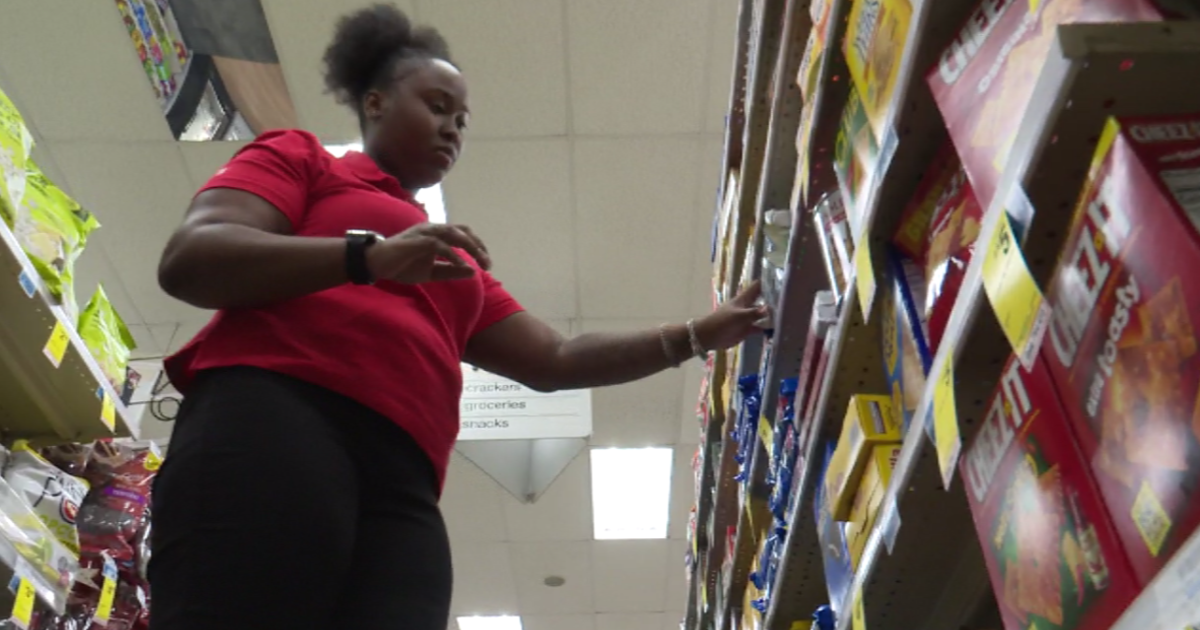Doctors: New Technologies, Including 3-D Imaging, Could Replace Traditional Mammograms
(CBS) -- When it comes to detecting breast cancer, doctors now have new ways to find tumors and save lives.
CBS 2's Mary Kay Kleist checked out two of the latest technologies at the Radiological Society of North America's annual meeting at McCormick Place.
This week, 47-year-old Jodi Thielemann will celebrate a life-changing anniversary.
"I was diagnosed almost exactly a year ago," she says.
She was diagnosed with Stage 2 breast cancer. Jodi, like 40 percent of all women, has dense breasts. That put her more at risk for cancer.
"The risk can be as high as four to six times," says Jessie Jacob, Chief Medical Officer of Breast Health, GE Healthcare.
It also made Thielemann's cancer harder to detect.
"Because the cancers are white, the glandular tissue is white, and so there's lack of contrast, and we miss a lot of those cancers in women with dense breast tissue," says Kathy Schilling, Medical Director of Lynn Women's Health & Wellness Institute in Boca Raton, Fla.
Studies released this year have shown that doctors discovered 41 percent more invasive cancers using 3-D mammograms.
Another new technology, the automated breast ultra-sound, uses high-frequency sound waves to make detailed images of breast tissue. It may be more comfortable than a traditional mammogram and is also good at finding tumors in dense breasts.
The ultrasound scanner rests on the patient's chest. It's about as heavy as a pile of books.
"The type of cancers that we find with automated breast ultrasound are small, which basically means early-stage cancers, the cancers that we want to find," Dr. Jacob says.
Doctors can sometimes use all of these new technologies together.
"When we combine screening of mammography with 3-D imaging, and 3-D breast ultrasound, they're complementing each other, and both are finding unique, very clinically important cancers that have the potential to kill women," Schilling says.
So, will these one day replace traditional mammograms?
"Absolutely. ... We have so many different tools available to us to really personalize the care of our patients," Schilling says.
Blue Cross Blue Shield of Illinois still considers 3-D mammography experimental, investigational or unproven but will consider coverage on a case-by-case basis.
Illinois law requires insurance coverage of additional ultrasound testing for women with dense breast tissue.



